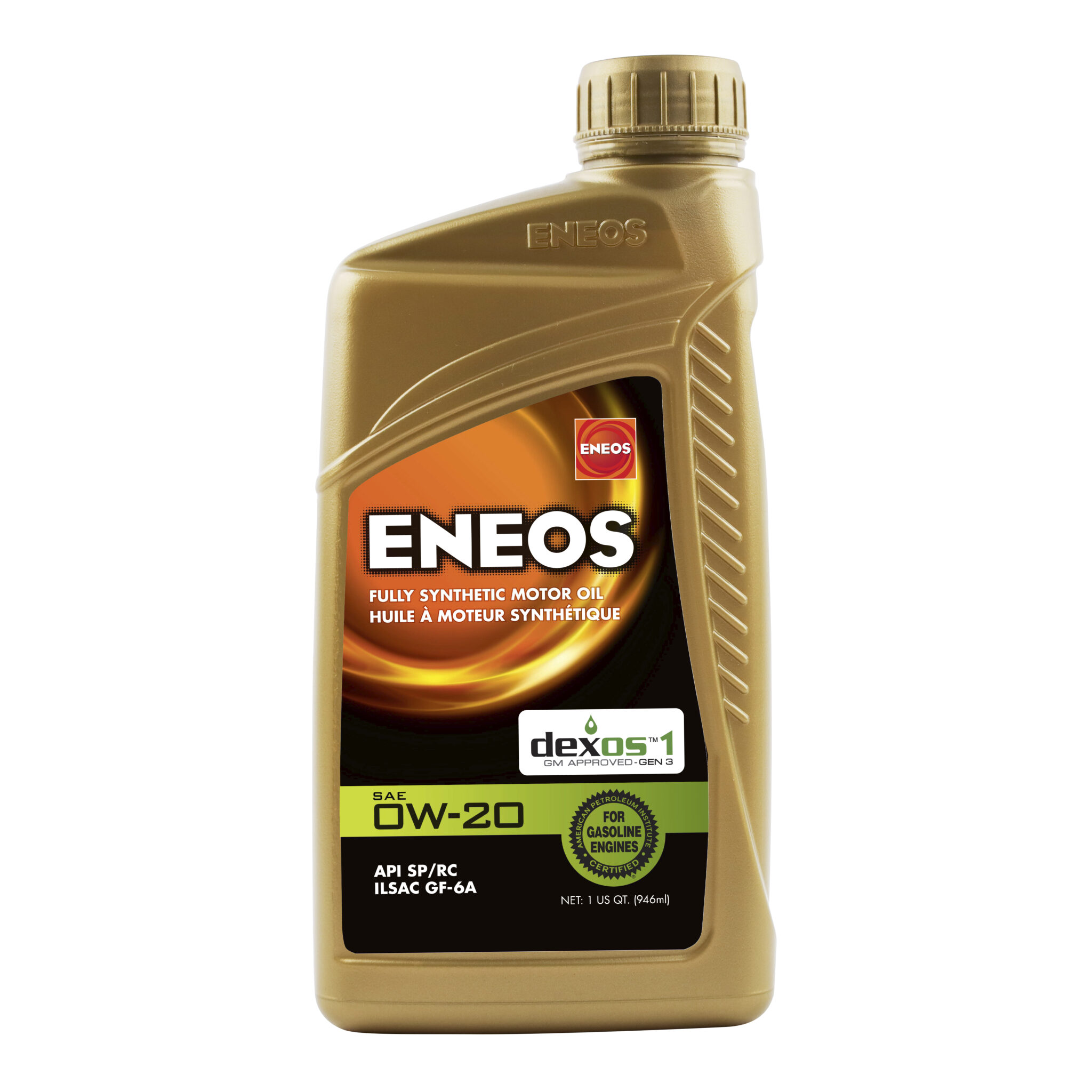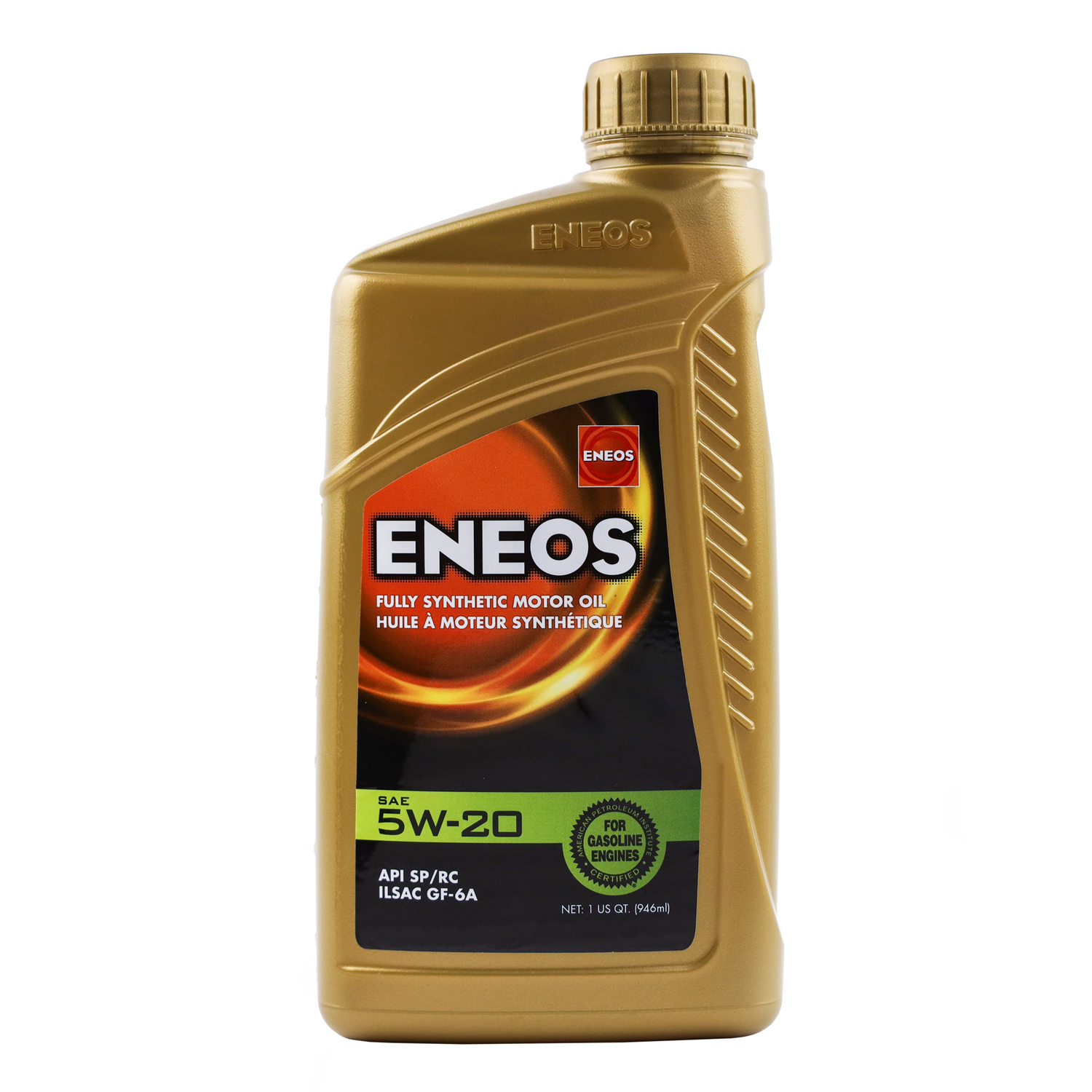
Does Your Honda CR-V Burn Oil or Smell Like Gas?
Here’s What Might Be Happening—and How to Fix It
If you own a Honda CR-V—especially one with the 1.5-liter turbo engine—you might have noticed something strange: your engine oil smells like gasoline, or the dipstick shows the oil level rising instead of going down. You’re not imagining things.
This issue, called fuel dilution, has been popping up in newer CR-Vs, and it’s something Honda has acknowledged. But don’t worry—there are ways to reduce the risk and keep your engine healthy. Let’s break it down.
What’s Fuel Dilution, and Why Does It Affect Certain Honda Engines?
RPM isn’t just about mods. They handle it all: general repairs, electrical, wheels and tires, full suspension upgrades, camper builds — everything from the basics to full-on trail-ready setups. Whether you’re prepping for a camping trip, upgrading your daily driver, or just need a local shop you can rely on, RPM delivers the kind of service that’s built on experience and enthusiasm.
- Increased engine wear due to thinning oil
- Shorter oil life, meaning more frequent oil changes
- Risk of long-term engine damage if ignored

In colder climates or if you mostly drive short distances, the problem tends to be worse. That’s because the engine doesn’t warm up enough to burn off the extra fuel.
How to Protect Your CR-V (Even If You’re Not a Mechanic)
If you’ve got a CR-V with the 1.5L turbo engine (model years 2017–2022 are most affected), here are some simple steps to help reduce oil problems:
✅ Stick to Frequent Oil Changes
Even if the oil life monitor says you’re good, changing the oil more often—especially in winter or if you take mostly short trips—can make a big difference.
✅ Use High-Quality Oil
Always use the oil grade Honda recommends. Better yet, go for a premium synthetic oil like ENEOS 0W-20 or 5W-20, which is designed to perform in turbo engines and help resist the effects of fuel dilution.
✅ Check the Oil Regularly
Every couple of weeks, pop the hood and take a look. If the oil smells like gas or the level seems unusually high, that’s a warning sign.
✅ Take the Long Way Now and Then
Short drives cause more fuel to stay in the oil. A nice 20–30 minute highway trip can help the engine warm up fully and burn off that excess fuel.
Honda’s Response
Honda has issued software updates and even extended warranties for some CR-V models to help with this issue. If you’re not sure whether your vehicle is covered, it’s worth a call to your local dealership.
But even with those updates, the problem can still occur, especially under certain driving conditions. That’s why it’s important to keep an eye on this issue.
Bottom Line
Fuel dilution is a real issue, but it doesn’t have to spell trouble. With the right habits—regular oil changes, quality oil, and smart driving—you can help keep your CR-V running smoothly for years to come.
If you’re looking for the best oil for your Honda CR-V, check out ENEOS full synthetic motor oils. They’re made to meet the demands of turbocharged engines like yours.
Still have questions about your oil or CR-V maintenance? We’re here to help. Just reach out to one of our excellent dealers. Or, you can also contact us directly!



